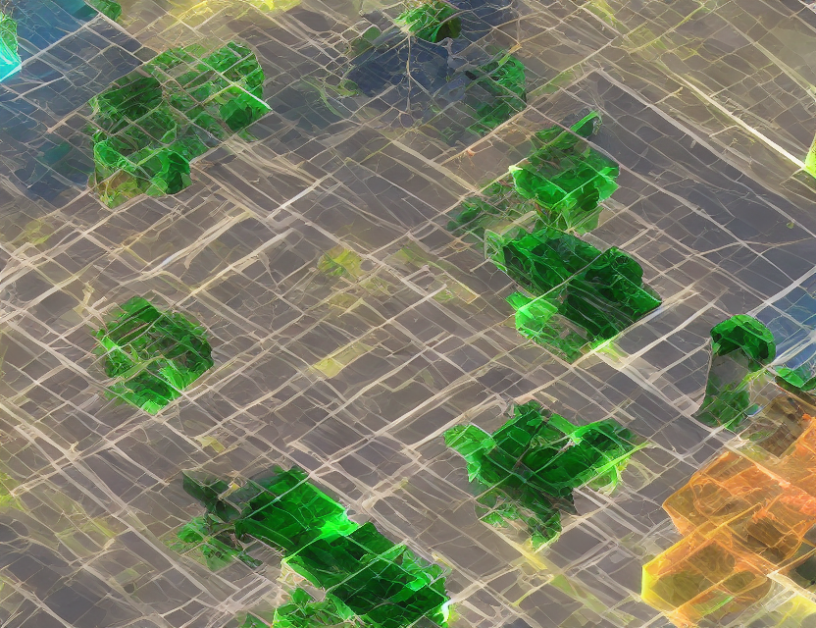Lvmin Zhang et al. propose adding conditional control to text-to-image diffusion models. This involves incorporating additional information, such as semantic segmentation masks, into the model’s architecture to improve its ability to generate images that match the given text description. By introducing this conditionality, the model can better capture the nuances of the text and generate more accurate images.
Contribution 2: Task-Customized Masked Autoencoder via Mixture of Cluster-Conditional Experts
LIU et al. propose a task-customized masked autoencoder via mixture of cluster-conditional experts. This approach involves training the model on multiple tasks simultaneously, with each task having its own set of expert clusters. By doing so, the model can learn to generate images that are tailored to specific tasks, such as object recognition or scene understanding.
Contribution 3: Magicvideo: Efficient Video Generation with Latent Diffusion Models
Daquan Zhou et al. introduce Magicvideo, a method for efficient video generation with latent diffusion models. This approach involves using a hierarchical framework to represent the video data, allowing for faster and more efficient generation of high-quality videos. By leveraging the power of latent diffusion models, Magicvideo can generate complex and realistic videos with minimal computational resources.
Acknowledgments
We would like to acknowledge the support of various hardware and software used in this research, including MindSpore, CANN (Compute Architecture for Neu-ral Networks), and Ascend AI Processor. These tools have enabled us to perform complex computations and simulations with ease, allowing us to make significant advances in the field of text-to-image diffusion models.
In conclusion, these three contributions demonstrate the ongoing efforts to improve the performance and efficiency of text-to-image diffusion models. By incorporating conditional control, task customization, and efficient video generation techniques, these models are becoming increasingly capable of generating high-quality images that match human expectations. As this field continues to evolve, we can expect even more impressive advances in the near future.



